Designers say these styles need to be ghosted.
You needn’t be scared of the bold and colorful styles spicing up more interiors lately. (Yes, that even includes Barbiecore—for now.) Instead, the aesthetics that have grown tiresome in the eyes of many designers tend to fail at successfully balancing that fine line between too little and too much, along with embracing some unusual shapes (hello, blobs and spray foam!) and scratchy fabrics (we see you, bouclé).
Each year, new scares and frights emerge to haunt the interiors of our homes. Remember 2022’s most horrifying trends, which included the “cloffice” and wallpaper murals? (Eek!)
Get ready to gasp and scream with the Styled, Staged & Sold blog’s annual countdown of the overdone trends we’re ready to say goodbye to in the new year. This list is compiled from designer input and consumer surveys.
10. All-white bathrooms
In an interior design world that now howls for more color, all-white bathrooms are starting to feel cold and dead. More than a quarter of interior designers surveyed by Fixr.com, a home remodeling site, called out all-white bathrooms as the top home trend they hope will slither away into the ethos. Instead, designers want to see more color: Nearly 60% of designers called colorful bathroom interiors, especially through shower tiles, a hot trend to embrace this year.
9. Outdoor maximalism
Since the pandemic, homeowners have been trying to use every square inch of their yards. They’re filling their outdoor spaces with abundant potted plants intermingled with firepits, yard games, party lights, outdoor kitchens, statues and accessories, gardens—all accented by brightly colored furnishings, pillows and patterned rugs. Sure, color is in—but this can grow into an overly designed nightmare. Designers say it’s time to scale back some of that overdone outdoor style. Stick to one neutral color palette and let the greenery and nature surrounding you serve as your main outdoor focal point.
8. Black stainless steel appliances
We’ve heard the screams of horror from some homeowners who say this alternative stainless steel finish is not living up to its hype. They’ve complained it’s prone to peeling, chipping and flaking. Their complaints have even sparked a class-action lawsuit(link is external), accusing one major manufacturer for perceived defects from its black coating. Traditional silver metallic stainless and black stainless are actually made from the same material, but black stainless has a coat of black paint. If it scratches, the shiny steel could potentially pop through underneath and make for some highly visible scratches.
7. Bouclé fabrics
Bouclé has become a popular choice for sectional sofas and chairs. But they’re not just being used as accents; they’re getting scattered all over the home. Designers warn that the look isn’t aging well. Bouclé fabrics are made from a tightly woven, looped yarn material, often crafted from wool, cotton or linen. It appears lumpy, textured and foam-like. It’s often used in curved furnishings to offer warmth and cozy vibes. But here’s some bad news for bouclé: The fabric can be prone to pilling, is not pet-friendly and sometimes appears dirty, particularly when used in off-white or creamy fabrics.
6. Zellige tiles
These Moroccan clay tiles, which are often shaped like small squares, are known for their imperfections. No two Zellige tiles look alike. But those imperfections can look sloppy, particularly on a kitchen backsplash or as shower tile with a shiny glaze that spotlights its unevenness. Particularly concerning, Zellige tiles installed on the floor could pose a trip hazard due to their unevenness and irregular shapes.
5. Super shiny surfaces
Grab your sunglasses. From cabinet fronts to countertops, stainless steel appliances to range hoods, and backsplashes to floors, the trend toward shiny, glossy surfaces is reflecting poorly. These overly polished fixtures are now getting swapped out for more organic, natural materials and textures. Countertops, for example, were once favored in polished, super-shined quartz or granite. Designers are now showing preference for honed or matted finishes offering a softer sheen that’s less reflective and has a more organic, slightly textured finish.
4. Low backsplashes
Another fading trend is the mini backsplash, which has a small edging that creeps up ever-so slightly around bathroom and kitchen countertops. Under today’s design lens, these now appear unfinished and underwhelming. Plus, the lower backsplashes aren’t providing much protection for the walls—which is the original purpose of a backsplash, after all. Fixr.com called out low backsplashes as one of designers’ least favorite kitchen trends for 2023. Instead, take backsplashes to new heights—even all the way to the ceiling—for grander statements.
3. Mirrored furniture
Designers love mirrors, but the trend went into overdrive. Mirrored furnishings, like nightstands and dressers, were meant to exude luxury and Hollywood glam. But you may want to reserve that flashy bling for the lighting fixtures, not the furnishings. Mirrored furnishings were last popular in the 1980s, and their quick re-emergence lately is already feeling outdated. Plus, designers say that mirrored furnishings are prone to fingerprints, smudges and bad reflections. (We see what’s hiding under that bed!)
2. Dining benches
Backless bench seating used for kitchen dining tables were to help hide bulky chairs. These low-profile benches could easily slide underneath the table. They came in style with the farmhouse décor fad. But these benches are uncomfortable, cumbersome to slide onto, and can create an awkward moment of entrapment for whomever finds themselves stuck in the middle. Let's bring back the chairs!
1. Blobs
The “blobby” home trend—also dubbed the “blobject”—has ushered in amoeba-like shapes in décor and furnishings, including curvy tables, wavy mirrors, plump furnishings and mushroom-like lamps. Similarly, a TikTok trend earlier this year unleashed a popular and potentially dangerous DIY project: using spray-foam insulation(link is external) (the toxic industrial foam used by builders) to coat tables, mirrors and home accessories. This globby, gooey gak coated many home accessories, making for foamy, wavy edges. Interior design influencer Phoenix Grey, known as the “Design Daddy,” called this one of the worst home design trends of 2023 and said the result “looks like it’s pulled from the intestines of a horror movie.” We agree! The blobs and spray foam are in stark contrast to the straight edges and clean lines that once dominated interior design. We welcome change, but sometimes a blob is just a blob. And, well, that’s not always pretty.
 Subscribe with RSS Reader
Subscribe with RSS Reader
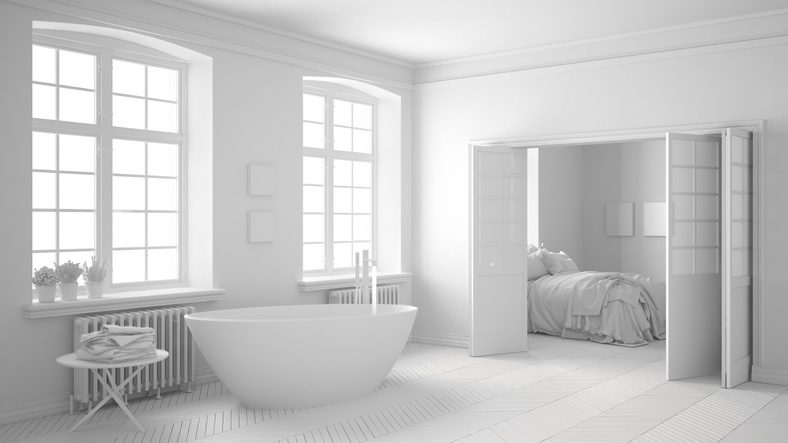
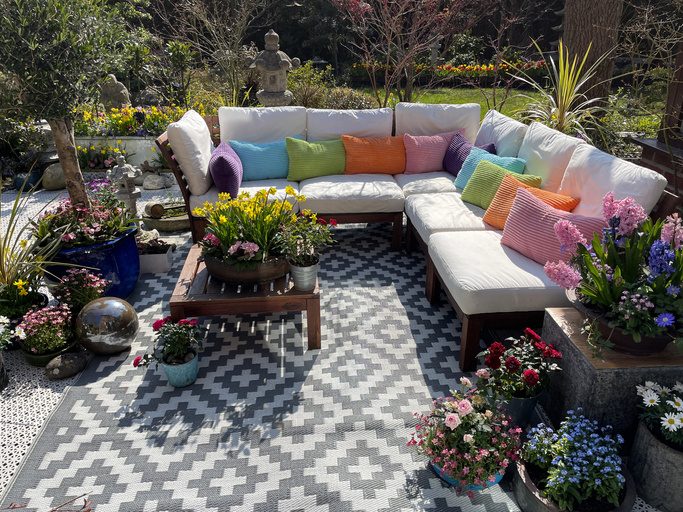

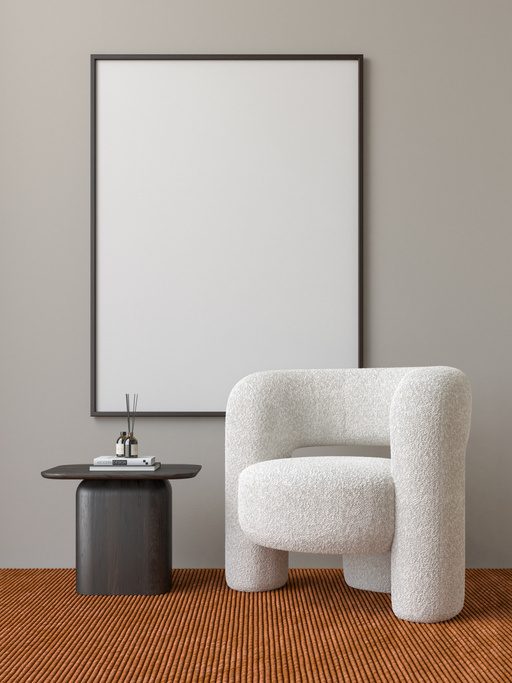
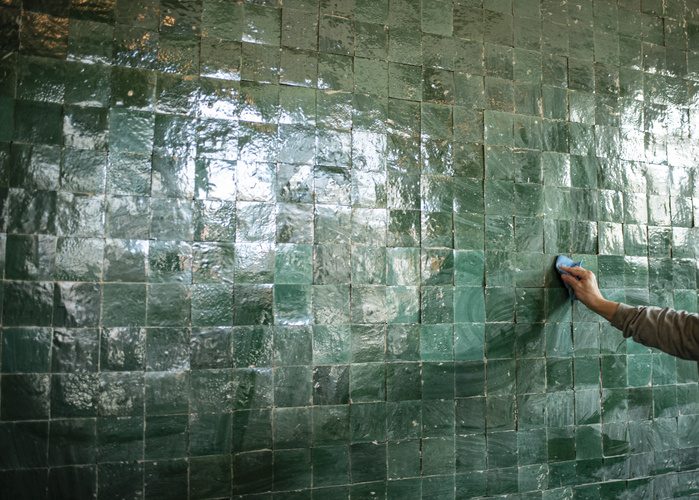
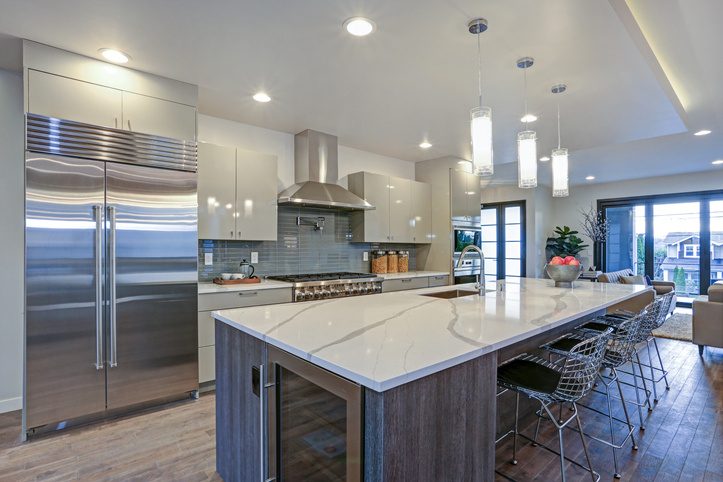
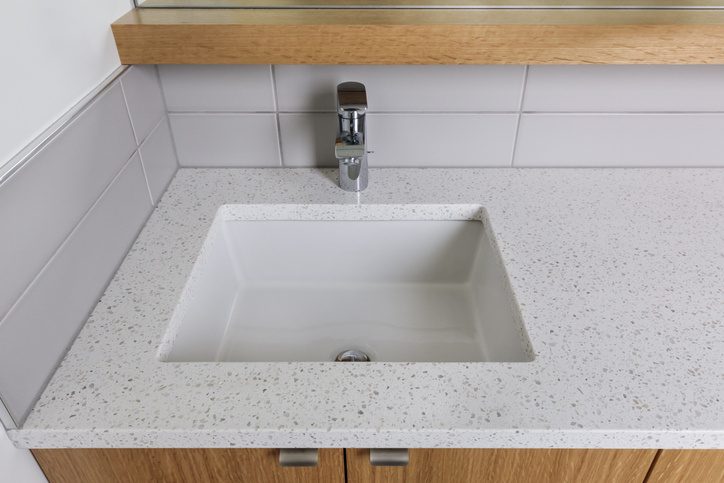
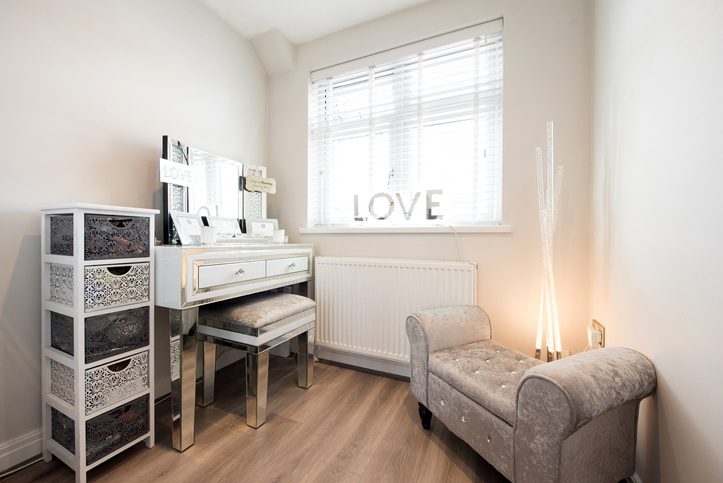

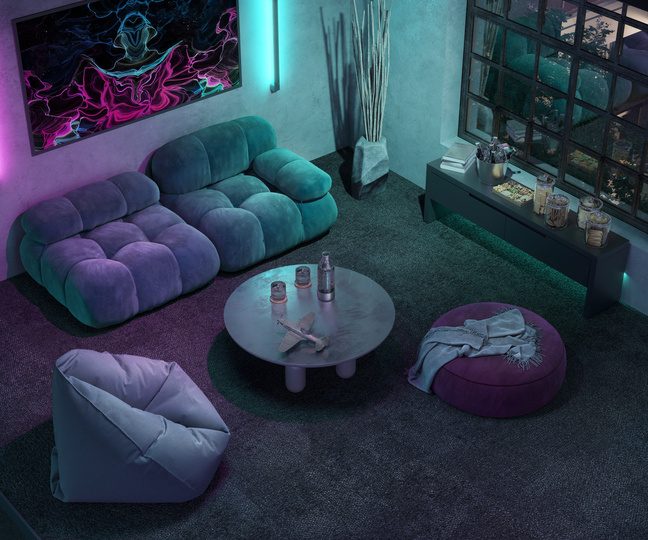




Comments:
Post Your Comment: